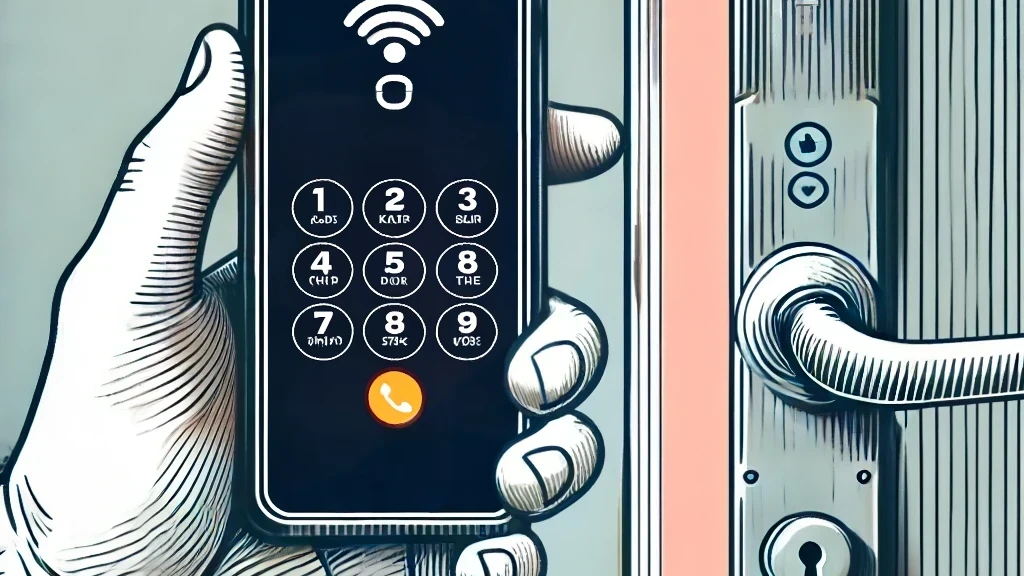In last week’s article, How to Keep Your Smart Lighting System Secure: A Friendly Guide for Landlords, we looked at how to keep your lighting systems safe from cyber risks while delivering energy efficiency and tenant satisfaction.
This week, we’re turning our focus to Smart Door Entry Systems—one of the most valuable tools for modern building security. These systems make life easier for tenants and building managers, but if not properly secured, they can leave your property vulnerable to unauthorized access.
The good news? You don’t need to be a security expert to make sure your systems are safe. Here’s a simple guide to help you ask the right questions and work with your provider to ensure your door entry system does its job securely and effectively.
Let’s break it down—what to ask, why it matters, and how it’s done. And as always, we’ll keep it straightforward with “Simply Put” explanations at the end of each point.
1. Get It Professionally Installed
What to Ask Your Provider: Will the system be installed by certified professionals?
Why It Matters: A poorly installed door entry system can leave gaps in security, fail to work properly, or be easier to exploit.
How It Should Be Done: Certified engineers should install the system using industry standards to ensure everything works as it should.
Simply Put: It’s like getting a pro to fit your top-of-the-range lock—you know it’s been done right.
2. Keep It on Its Own Network
What to Ask Your Provider: Is the door entry system isolated on a separate network?
Why It Matters: If the system shares a network with tenant Wi-Fi or other building tech, a hacker could use it to access more sensitive systems.
How It Should Be Done: The provider should set up a dedicated network for the door system, using firewalls or VLANs to keep it isolated.
Simply Put: Imagine your door system having its own private lane—no one can wander onto it to access other parts of your building.
3. Protect Data with Encryption
What to Ask Your Provider: Are communications between the system, cloud, and devices encrypted?
Why It Matters: Without encryption, hackers can intercept access data or tamper with the system.
How It Should Be Done: Strong encryption standards like AES should protect all communications.
Simply Put: It’s like sending your access codes in a sealed, coded envelope—no one can read them except the right people.
4. Use Strong Authentication
What to Ask Your Provider: Does the system require strong passwords and multi-factor authentication (MFA)?
Why It Matters: Weak passwords are easy to guess, making unauthorized access a real risk.
How It Should Be Done: Enforce complex passwords and add a second layer of security, like a phone code or MFA.
Simply Put: It’s like needing both a key and a pin code—double the protection means fewer risks.
5. Stay Updated with Software Patches
What to Ask Your Provider: How often is the software updated, and are updates automatic?
Why It Matters: Outdated software can be exploited by hackers. Regular updates fix these vulnerabilities and keep the system secure.
How It Should Be Done: Ensure updates are automatic or scheduled regularly, with minimal disruption.
Simply Put: Think of it like upgrading your apps—new updates keep things running safely and smoothly.
6. Monitor System Activity
What to Ask Your Provider: Is there a system for tracking access and flagging unusual activity?
Why It Matters: Monitoring helps you spot unauthorized attempts to access or tamper with the system.
How It Should Be Done: Set up access logs and alerts for unusual activity, with regular reviews.
Simply Put: It’s like having a security camera that tracks who’s been coming and going.
7. Turn Off Unused Features
What to Ask Your Provider: Are unnecessary features disabled?
Why It Matters: Every unused feature is an extra door for hackers to try. Turning off what you don’t need makes the system more secure.
How It Should Be Done: The provider should review and disable non-essential features during setup.
Simply Put: Lock up the rooms you’re not using—fewer entry points mean fewer risks.
8. Have a Cyber Incident Plan
What to Ask Your Provider: Do you have a clear plan for handling cybersecurity incidents?
Why It Matters: Even with strong security, things can go wrong. A quick, effective response limits damage and gets things back on track.
How It Should Be Done: Create and test a response plan that outlines how to detect, contain, and fix any issues.
Simply Put: It’s like having a fire drill—when things go wrong, everyone knows what to do.
Final Thought: Secure Access, Smarter Buildings
Securing your smart door entry systems doesn’t have to be complicated. By asking the right questions and ensuring your provider follows these best practices, you’ll keep your building secure and tenants happy.
As we highlighted last week with smart lighting systems, the responsibility for security often falls across multiple providers—from your internet service provider to IT network teams and smart system installers.
At interAll, we take care of the ISP and network security with our interConnect solution, while working directly with your smart system providers to ensure all of the above is covered. That way, you can focus on managing your building while we make sure it stays secure.
Next Week: We’ll be exploring Smart Thermostats & Secure Control 🌡️—how to balance comfort, efficiency, whilst ensuring the security for your building from cyber attacks.
Stay tuned!











